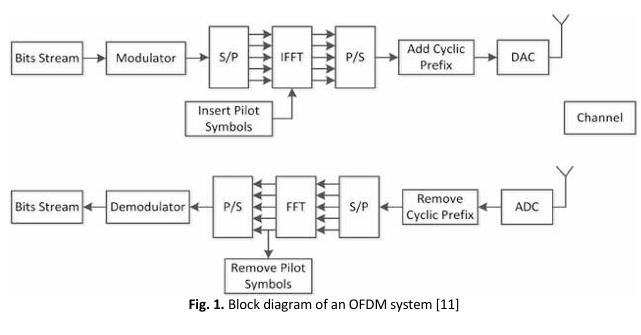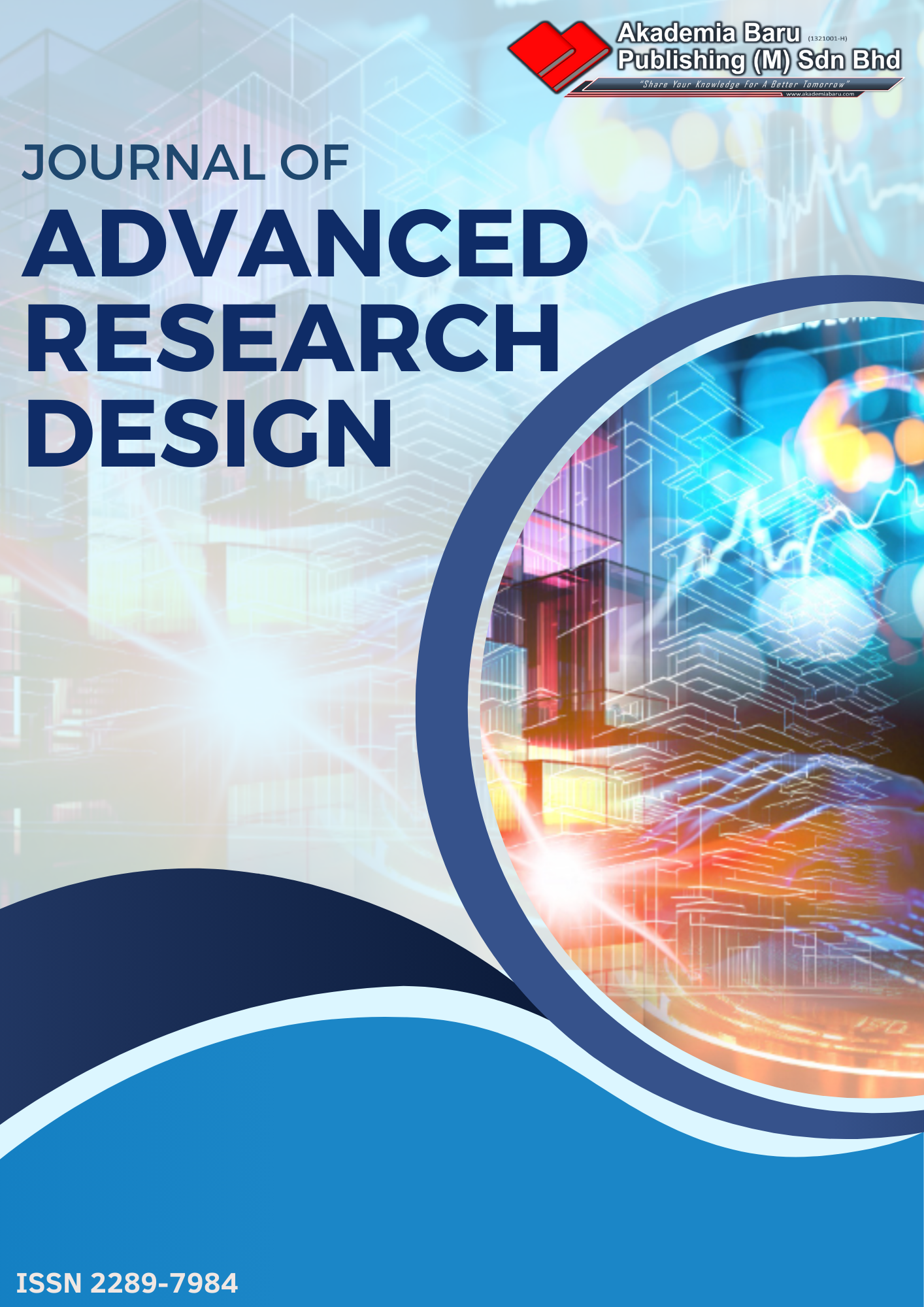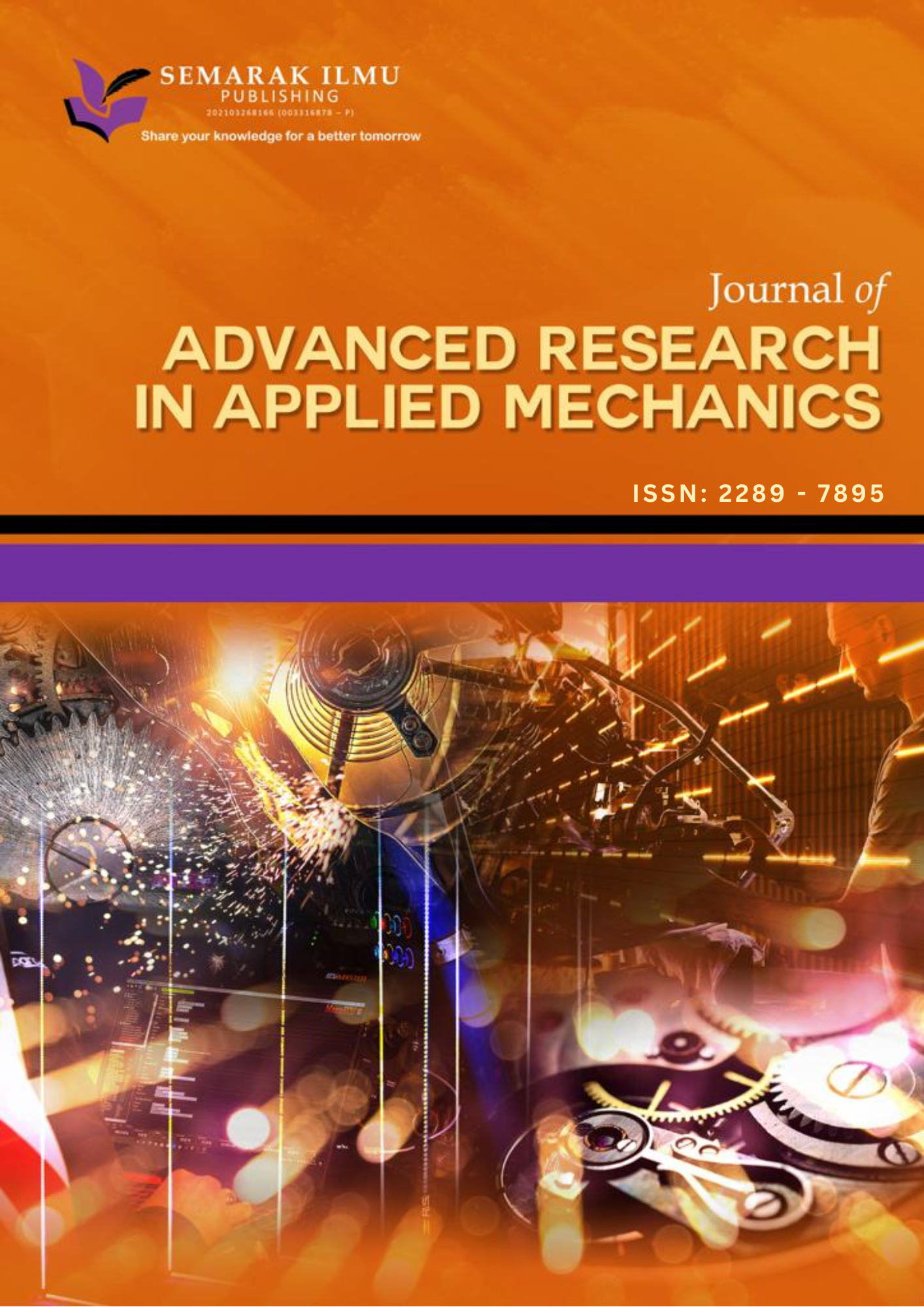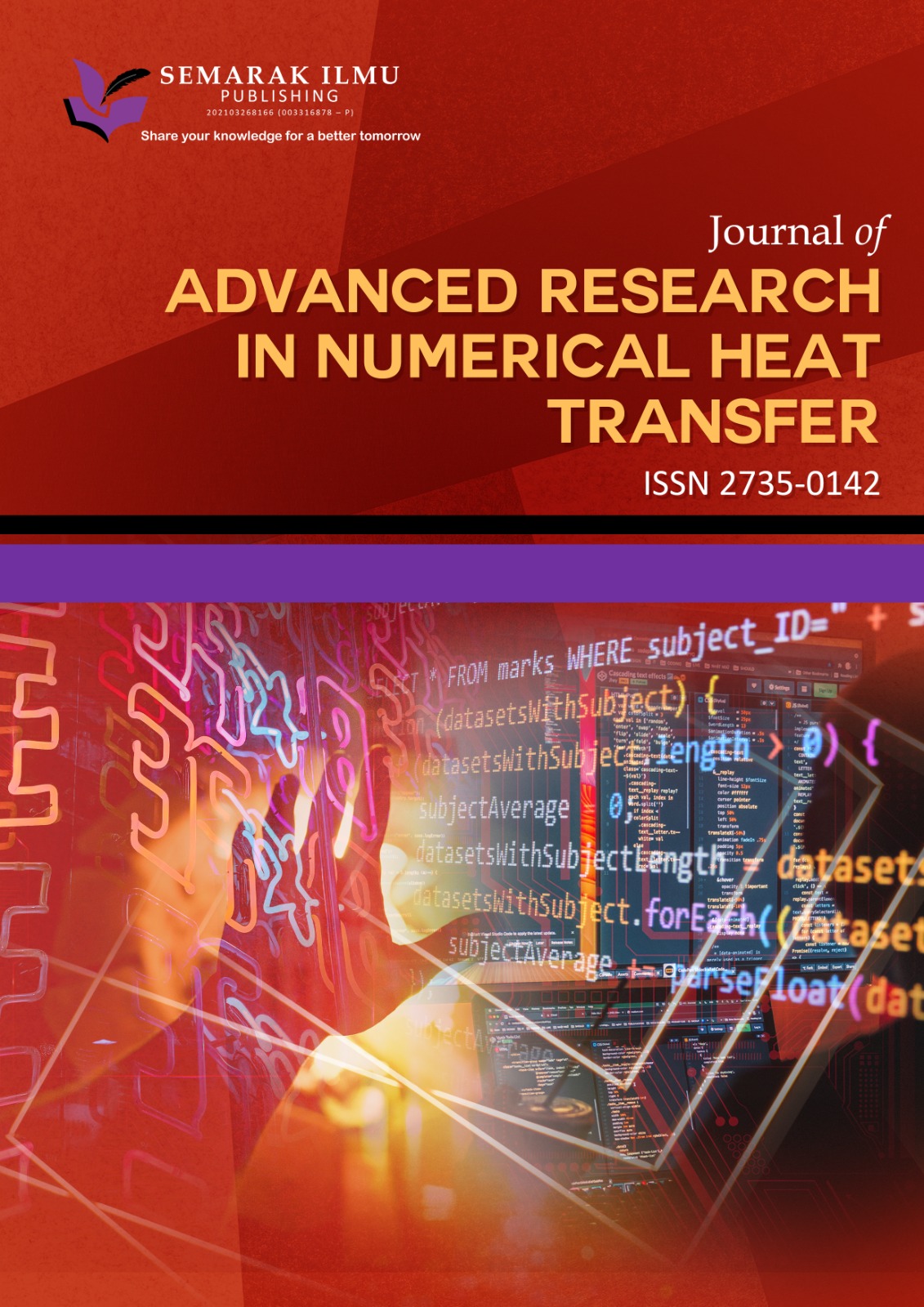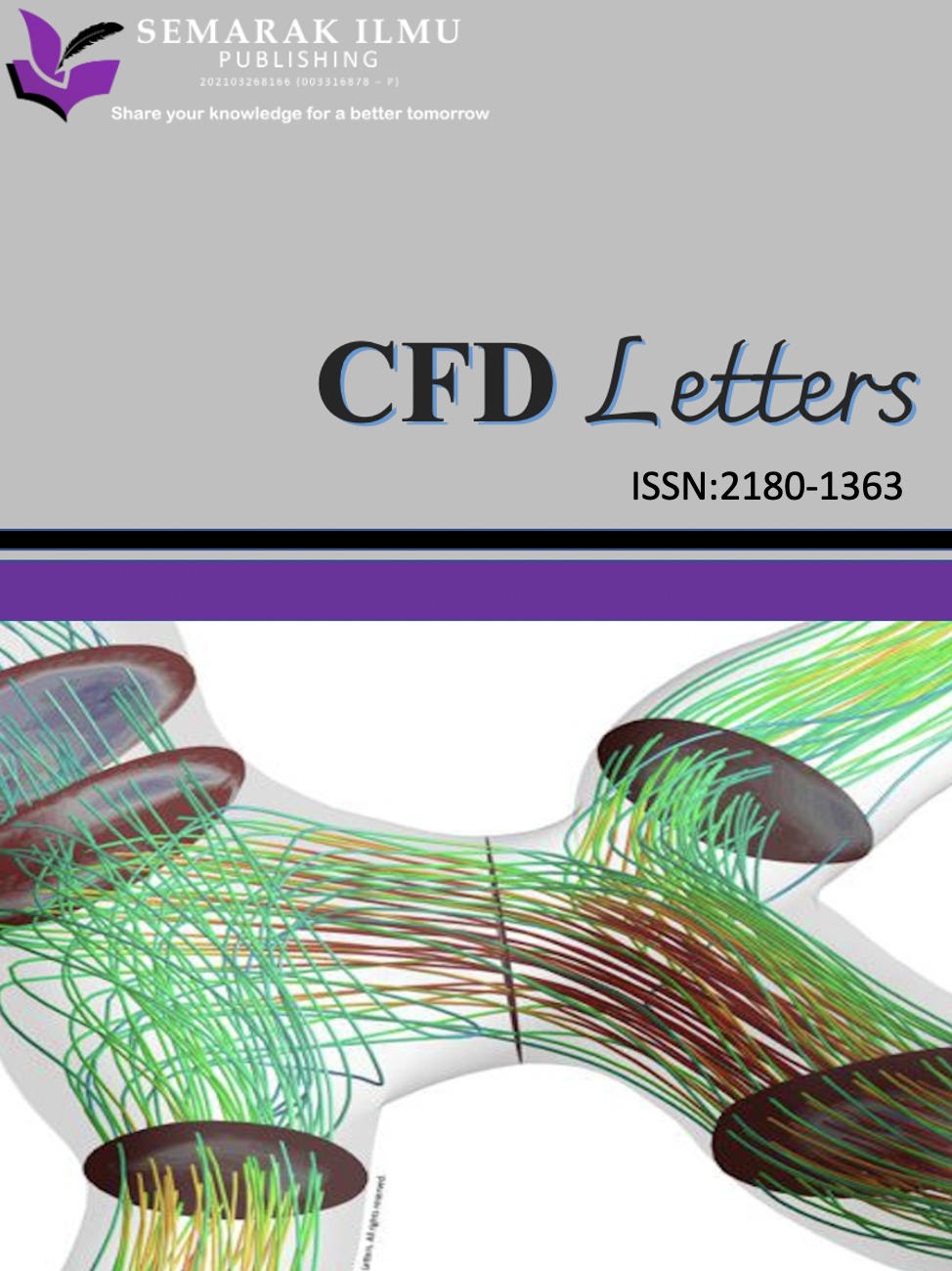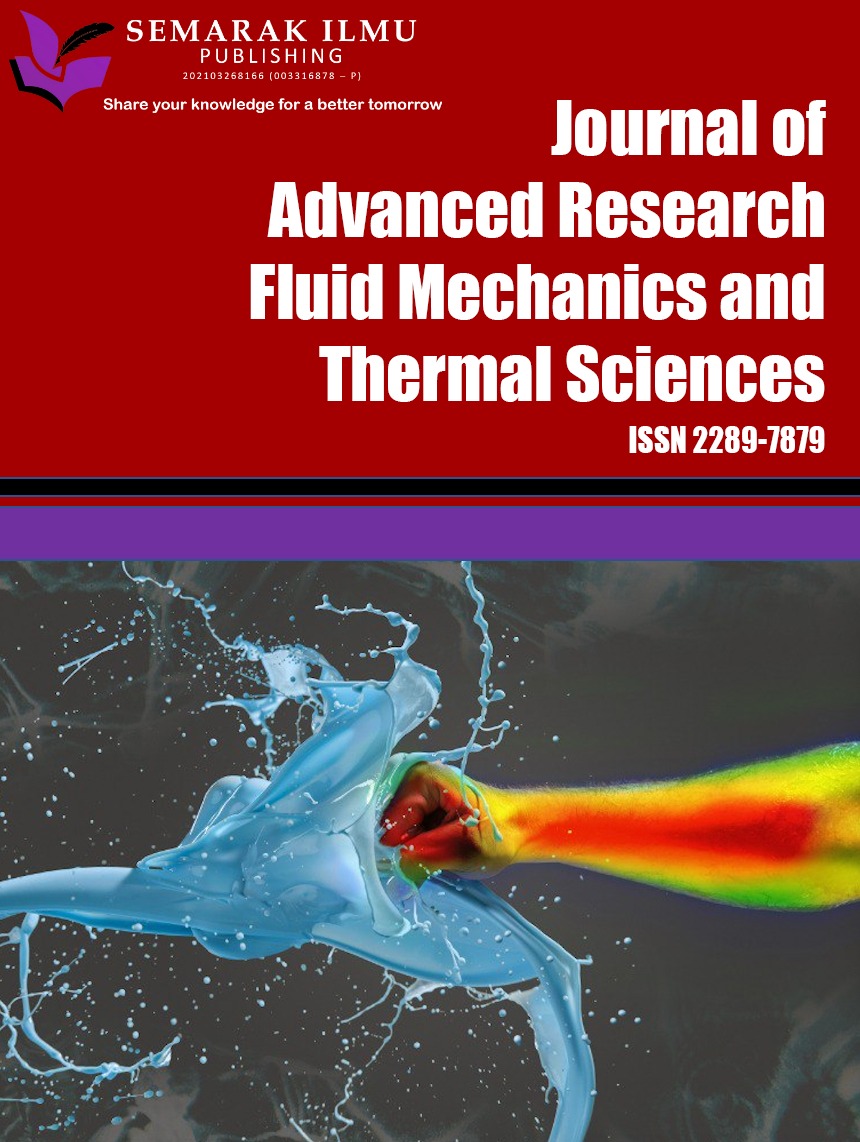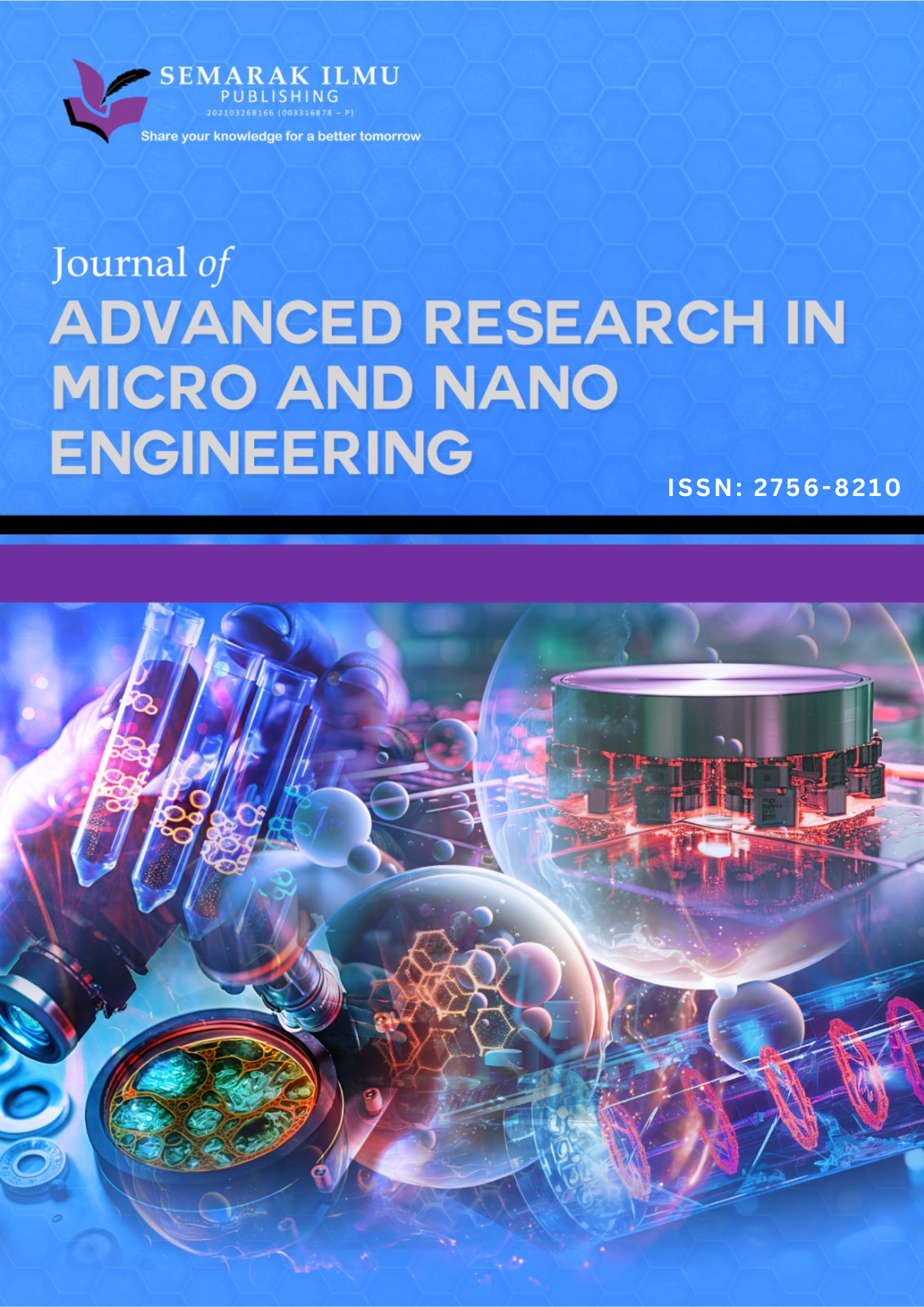5G Performance Enhancement Utilizing Adaboost Technique
DOI:
https://doi.org/10.37934/ard.143.1.1020Keywords:
Adaptive Boosting, BER, SNR, OFDM, MIMO-OFDM, QAM, 5GAbstract
In this paper, the AdaBoost algorithm is involved in modulation techniques, as it works on improving the bit error rate (BER). Inputting a noisy signal received from a sender into AdaBoost yields the original signal after removing noise. This is done through the reconstruction of the constellation diagram of the modulation technique, by eliminating the noise filling the data’s signal space. The AdaBoost algorithm is then added to the fifth generation (5G) mobile systems such as orthogonal frequency division multiplexing (OFDM) and multiple input multiple output OFDM (MIMO-OFDM). It is utilized to enhance the BER performance of the entire system in the presence of different estimation techniques such as Least Squares (LS), Least Mean Squares (LMS) and Recursive Least Squares (RLS) and for different modulation techniques such as 256QAM (Quadrature Amplitude Modulation) and 1024QAM in a Rayleigh fading environment. The obtained results revealed that the highest value of enhancement for the OFDM system is 2 dB, which comes from using both RLS and LS technique with 1024QAM modulation. Also, the highest values of enhancement for the MIMO-OFDM system is 1.9 dB and 2 dB which comes from using LS technique with both 256QAM and 1024QAM modulation.
Downloads
